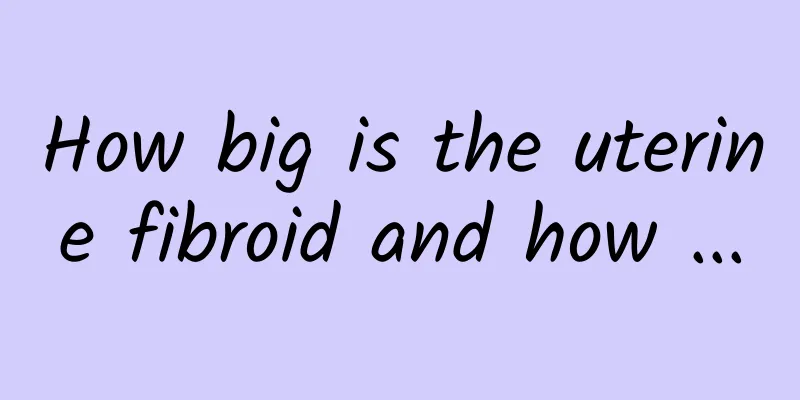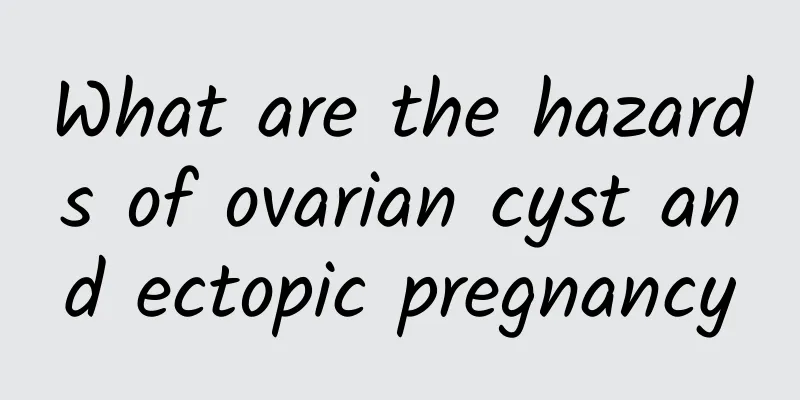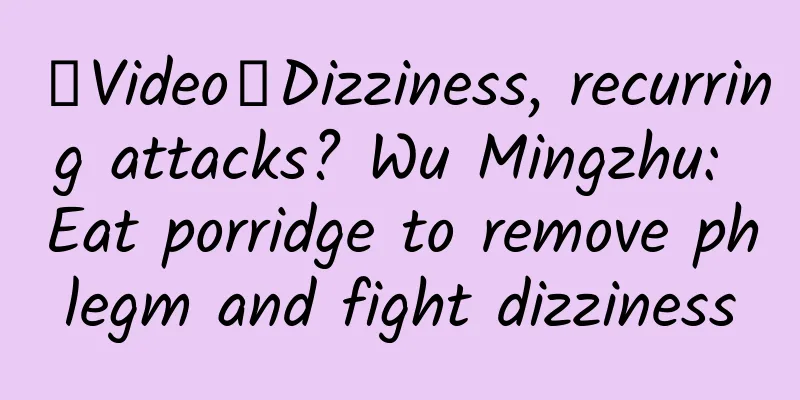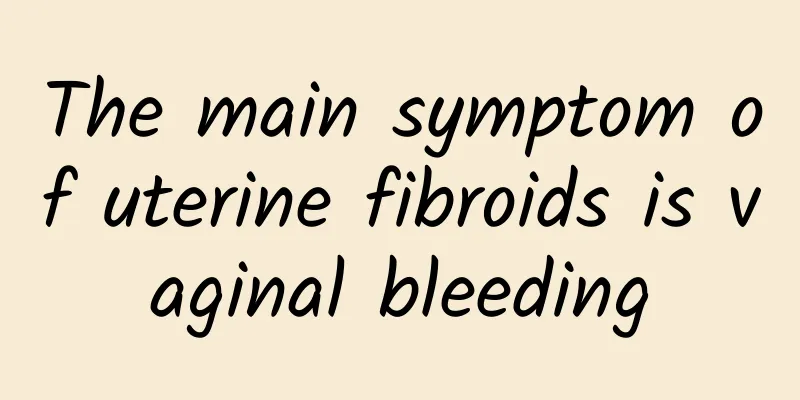Treatment of multiple uterine fibroids Are multiple uterine fibroids benign tumors?
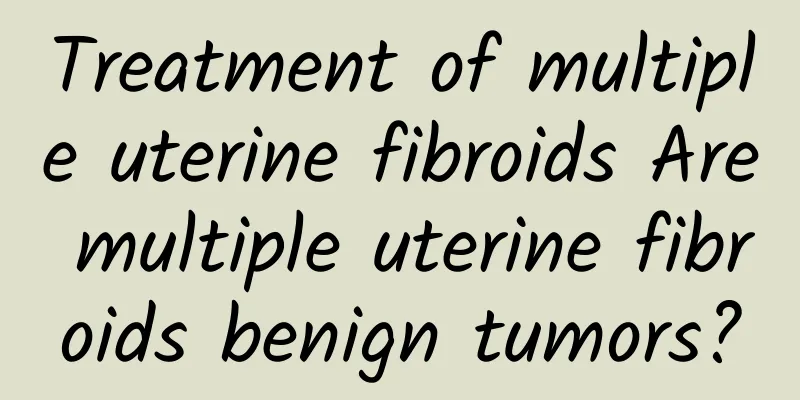
|
Multiple uterine fibroids are a type of uterine fibroids. Because the initial symptoms are not obvious, it is not easy to be discovered. Multiple uterine fibroids are mostly distributed in three locations: in the myometrium, accounting for about 60% to 70%; under the serosa, 20%; and under the mucosa, 10%. Uterine fibroids are a benign tumor with a very low canceration rate of only about 0.50, and are more common in the elderly. Multiple uterine fibroids are usually discovered during a physical examination. Depending on the size and location of the tumor, the following symptoms may occur: 1. Compression symptoms. When the posterior wall fibroids grow to a certain size, they will compress the rectum and cause constipation. Larger tumors in the broad ligament can compress the ureter. 2. Pain. Subserous pedunculated fibroids can cause sudden pain when twisting, and submucosal fibroids may cause dysmenorrhea. 3. Infertility may also cause infertility in women of childbearing age, but the chance is relatively small. 4. Bleeding of the submucosal fascia and myoma will greatly increase the area of the uterine cavity, thereby increasing the menstrual volume. How to deal with multiple uterine fibroids? 1. Observation. What kind of fibroids are suitable for observation? Patients who are older, approaching menopause, and have mild symptoms need to undergo B-ultrasound examinations every three months or six months; those with fibroids but no symptoms need regular follow-up observations. 2. Patients with symptoms of irregular vaginal bleeding can undergo diagnostic curettage and pathological examination. 3. Drug treatment. If the menstrual flow is heavy, androgen drugs can be used, which are mainly used to counteract estrogen and shrink the endometrium. At the same time, they can also shrink the uterine vascular smooth muscle and uterine smooth muscle to reduce bleeding. Traditional Chinese medicine can also treat the symptoms of excessive menstrual flow, but it is not effective in shrinking fibroids. 4. Surgical treatment: It is suitable for cases where the fibroids are large, the symptoms are obvious, and other treatments are not effective. If you experience the symptoms described above and suspect you have uterine fibroids, don't worry too much. Go to the hospital for a comprehensive examination first. After the diagnosis is confirmed, choose the most suitable treatment method based on your own situation. |
>>: What are the dangers of multiple uterine fibroids? Will multiple uterine fibroids worsen?
Recommend
Menstrual irregularities will also cause changes in complexion in the early stages
In the early stage of menstrual irregularity, the...
Hospital for women with dysmenorrhea
When we talk about dysmenorrhea, I believe all wo...
It is also very important to prevent the recurrence of cervicitis
Most women have a history of cervicitis, but many...
What are the types of ovarian cysts?
What are ovarian cysts and what types are there? ...
What should women eat during menopause?
People in menopause often suffer from insomnia an...
Unclean sex life may cause cervical erosion
Unclean sex life may cause cervical erosion. If y...
What should I do if my menstrual period is extended by ten or twenty days and is always spotty?
What should I do if my menstrual period is extend...
What are the symptoms of women with vulvar leukoplakia?
What are the symptoms of women with vulvar leukop...
What are the hazards of irregular menstruation at different ages?
What are the hazards of irregular menstruation at...
Will threatened miscarriage affect life expectancy?
Pregnancy is a happy thing, but many pregnant wom...
What are the main misunderstandings in the treatment of pelvic inflammatory disease?
What are the main misunderstandings about the tre...
How is cervicitis diagnosed?
Cervicitis is one of the common diseases among wo...
Experts explain how to regulate irregular menstruation
Normal menstruation is a sign of good health for ...
Abnormal vaginal discharge similar to nasal discharge
Abnormal leucorrhea that is like nasal discharge ...
Diet therapy for congenital absence of vagina
What are the healthy dietary treatments for conge...



